<> Polyura nepenthes (Grose-Smith,1883) <>
the Shan Nawab ผีเสื้อม้าขาวแคว้นฉาน
Click on any photo to see all photos full size in Lightbox
Additions and corrections to the information provided on this page is always welcome. Please use the Contact form.
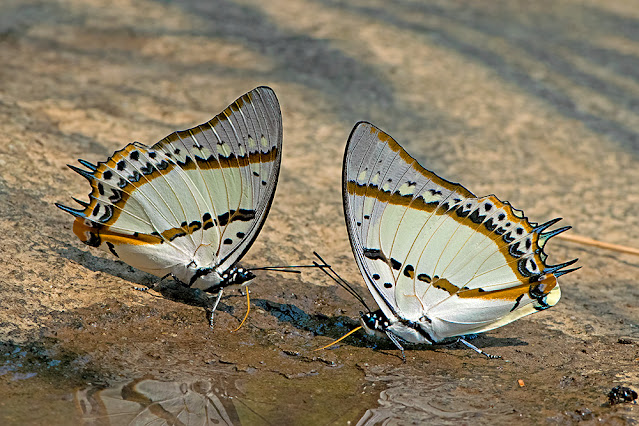
Photo taken at Doi Suthep-Pui National Park, Chiang Mai, Thailand. 450m a.s.l.

This species is uncommon and is found only within a narrow corridor across the northern part of continental SE Asia. Although the female is generally larger, the sexes are very similar in appearance except for the abdomen which is all white in the male and white with black underside in the female. As the underside of the abdomen is not usually seen it is rarely possible to determine the sex in the field. They are strong fliers and spend much of their time high in the trees but do come down to puddle at damp patches by the side of streams.
Polyura nepenthes is multivoltine but there are only 3 or 4 broods per annum due to its long life cycle. In the coldest parts of its range it is likely to be less. The adult female lays her eggs singly on the upperside of a leaf on the host plant. The resulting larva eats its eggshell as its first meal and then continues to feed on a leaf alone. As it moves from one instar to the next it consumes its shed skin, with the exception of the head capsule, before continuing to feed on the leaves.
Synonyms: Eriboea nepenthes, Eulepis nepenthes, Eriboea fugator, Charaxes nepenthes
Regional subspecies: Polyura nepenthes nepenthes (Myanmar, North & Central Thailand, Laos, N.Vietnam, S.China)
Taxonomy: Animalia - Arthropoda - Insecta - Lepidoptera - Nymphalidae - Charaxinae - Polyura - nepenthes
Regional Distribution: Myanmar, Thailand, Laos, Vietnam, China
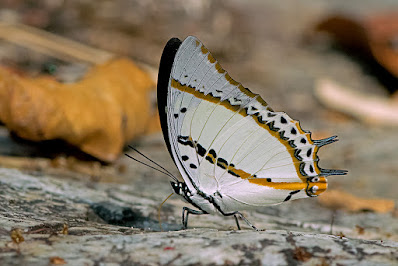 |
| Doi Suthep-Pui National Park, Chiang Mai, Thailand. 520m a.s.l. |
Habitat: Polyura nepenthes is found at hill forest edges and clearings, most often near streams. It is usually limited to moderate elevations and has been recorded at up to around 900m a.s.l.
Flight time: most of the year depending on location Wingspan: 70-90mm
Life History: egg 5 days instar 1 8 days instar 2 9-10 days instar 3 12-14 days instar 4 10-11 days instar 5 16-25 days pupa 15-16 days Total egg to adult 75-89 days
All times are approximate and can vary depending on the season and on the host used.
Larval Hosts: Ventilago leiocarpa (Rhamnaceae), Archidendron lucidum (Fabaceae).
There may be other hosts that have not yet been recorded. Actual host plant used depends upon location and availability of plant species.
Adult Food Sources: Nectar - not known to visit flowers. Other - mud puddling, carrion, tree sap, rotting fruit
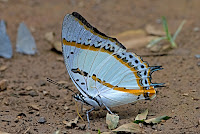 |
| Chiang Dao Wildlife Sanctuary, Chiang Mai, Thailand |
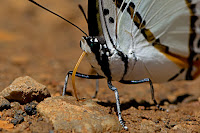 |
| Doi Suthep-Pui National Park, Chiang Mai, Thailand |
 |
| Doi Suthep-Pui National Park, Chiang Mai, Thailand |
 |
| Doi Suthep-Pui National Park, Chiang Mai, Thailand |
%20galleryNU.jpg) |
| Chiang Dao Wildlife Sanctuary, Chiang Mai, Thailand |
%20galleryNU.jpg) |
| Doi Suthep-Pui National Park, Chiang Mai, Thailand |
 |
| Doi Suthep-Pui National Park, Chiang Mai, Thailand |
 |
| Chiang Dao Wildlife Sanctuary, Chiang Mai, Thailand |
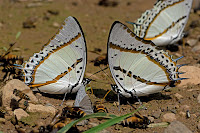 |
| Chiang Dao Wildlife Sanctuary, Chiang Mai, Thailand |
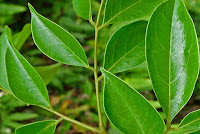 |
| Archidendron lucidum, a larval host |
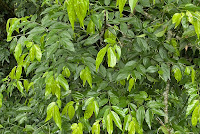 |
| Ventilago leiocarpa, another larval host |
Links to other pages in this series for species in the same subfamily
